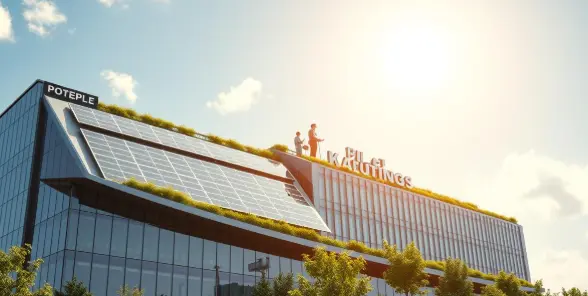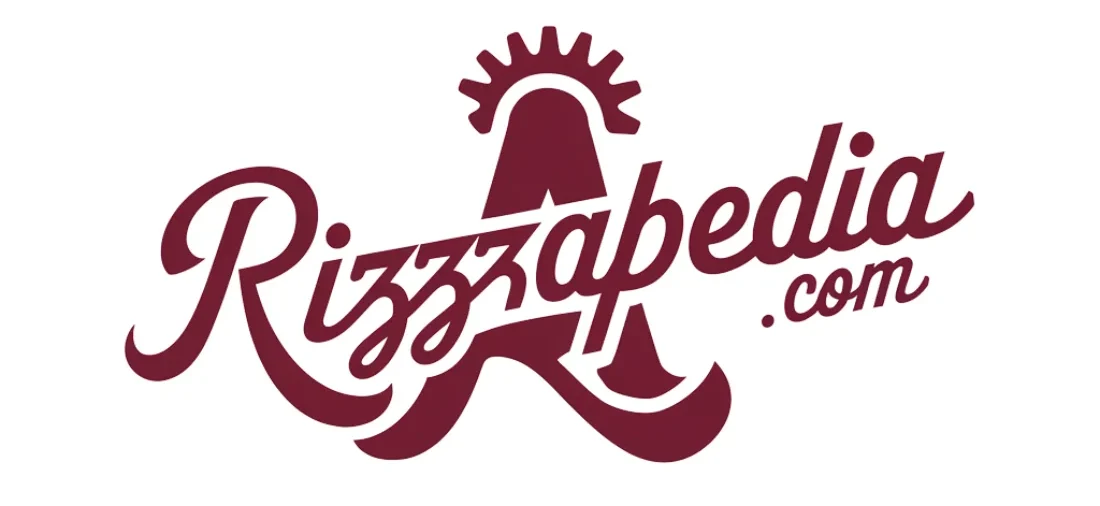Today’s office and workspace design has evolved significantly, reflecting new work dynamics and the shifting needs of employees. Modern design trends—including coworking spaces—not only shape the aesthetic of professional environments but also have a direct impact on team productivity. This has become a strategic priority for companies seeking to remain competitive in a rapidly changing market. This article explores how these trends influence corporate architecture and employee performance in the workplace. For further insights, visit Arquitectos en Madrid.
Open and Collaborative Spaces
One of the most prominent trends in office design is the creation of open spaces that encourage collaboration and interaction among employees. This concept is rooted in the belief that a more flexible and accessible work environment fosters communication and synergy across teams. According to a study by Steelcase, companies that adopt this type of layout report a 20% increase in employee productivity. A clear example is Google’s New York office, where spaces are designed to promote collaboration by integrating lounge areas and informal work zones alongside traditional setups. These configurations empower employees to choose the environment that best suits their work style, enhancing overall effectiveness.
Sustainable Design and Wellbeing
Sustainable design has become a non-negotiable element in modern corporate architecture. Companies are increasingly incorporating eco-friendly materials, designing energy-efficient buildings, and prioritizing indoor air quality to support employee wellbeing. A report from the World Green Building Council indicates that workers in healthy environments are 10% more productive. Apple Park, Apple’s new headquarters, exemplifies this approach—not only through its innovative architectural design but also through its commitment to sustainability, benefiting both the environment and employee health while fostering a productive workspace.
Technology-Integrated Design
The integration of technology into office design is another critical trend reshaping how we work. Modern offices leverage advanced tech tools to streamline communication, enhance collaboration, and optimize space management. A study by the International Data Corporation (IDC) found that companies implementing appropriate technological solutions in their design reduce operational costs by up to 30%. Microsoft’s office is a prime example, utilizing space management systems integrated with productivity apps to maximize space utilization and improve the employee experience—demonstrating how design and technology can work in tandem to boost efficiency.
Flexibility and Coworking Spaces
Coworking spaces have gained traction by offering flexibility and a range of options tailored to diverse work needs. This trend responds to the growing demand for remote and hybrid work models, allowing employees to choose environments that align with their personal work styles. According to the Global Workspace Association, 70% of individuals working in coworking spaces feel more creative and productive compared to traditional office settings. WeWork exemplifies this shift, redefining the workplace by providing versatile environments that foster interaction among professionals, enabling networking, idea exchange, and cross-industry collaboration.
Conclusion
Modern office and workspace design trends are reshaping the professional experience by emphasizing collaboration, sustainability, technology, and flexibility. These elements not only enhance the visual appeal of work environments but also positively influence employee wellbeing and productivity—key factors for business success in today’s evolving landscape.
Also Read
- Creative Programs for Building Life Skills
- 7 Risks of Ignoring Regulations in a Tech-Driven Business
- Securing Your Future: The Essential Guide to Life Insurance










